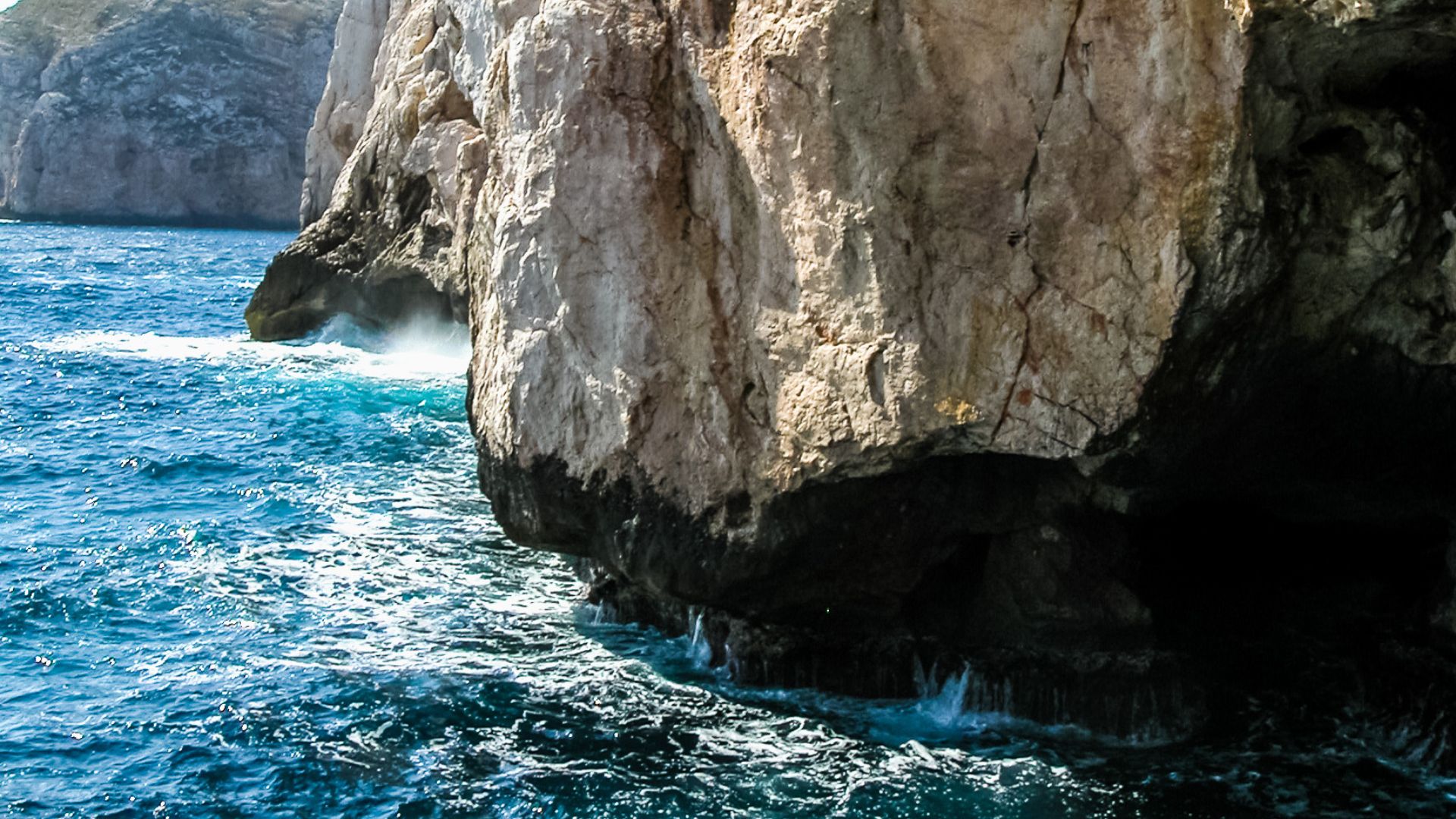Tucked away at the base of the dramatic, 110-meter-high Capo Caccia cliffs in Sardinia, Neptune’s Grotto absolutely floored me when I first saw it. This remarkable stalactite cave has roots in the 18th century, when local fishermen stumbled upon it. Water spent thousands of years sculpting the limestone, creating one of Italy’s most important karst systems. Just 24 kilometers from the lovely town of Alghero, it’s the shining gem of the Capo Caccia-Isola Piana marine protected area, right in Porto Conte Park.
I still remember the jolt of excitement as I got closer to the grotto’s entrance, which sits barely a meter above the sea. The experience inside? Honestly, no photo does it justice. Wandering through those chambers, I watched the light play across ancient formations, and the whole place felt like it belonged to another world.
Neptune’s Grotto: History and Discovery
Neptune’s Grotto has a story that stretches back centuries, from its slow natural formation to its surprise discovery by fishermen. This magnificent sea cave carries both geological marvels and cultural meaning for Sardinia.
Origins and Geological Formation
Neptune’s Grotto came to life over millions of years, shaped by a slow, persistent geological process. Capo Caccia’s limestone cliffs, loaded with calcium carbonate, gradually dissolved as waves and rainwater gnawed away at the rock. I was honestly amazed when I learned how erosion created the network of chambers we see today.
The cave’s story began back when sea levels looked very different. As water rose and fell over the ages, it carved out these vast spaces beneath the headland. The stalactites and stalagmites that make the grotto so enchanting formed drop by drop, as mineral-rich water trickled through the limestone ceiling.
What really sets Neptune’s Grotto (Grotta di Nettuno) apart is its rare mix of marine and air-exposed cave environments—both in one breathtaking spot.

Early Exploration and the 18th Century
Fishermen discovered Neptune’s Grotto by accident in the 18th century, just trying to get out of rough seas. I can only imagine their faces as they found this hidden wonderland tucked under the cliffs!
Word spread quickly after that first discovery. Explorers started venturing deeper, mapping out chambers and marveling at the natural beauty. I bet those first expeditions weren’t easy, with little more than basic boats and lanterns.
By the late 1700s, the cave had gained enough fame to draw more adventurous visitors. Local guides began leading travelers into the grotto’s depths. They named it “Neptune’s Grotto” after the Roman god of the sea—honestly, a perfect fit given the setting.
Legends of Neptune and Local Lore
The name isn’t just random—local legends once claimed Neptune himself lived here. Fishermen would swap stories about hearing the sea god’s voice echoing in the chambers, or seeing his shadowy figure in the depths.
Locals have told me that early visitors believed the cave held magical powers. Some people came hoping for healing in its waters, while others performed rituals for safe journeys at sea. These traditions run deep in Sardinia’s maritime culture.
There’s also a legend about a guardian spirit named Nereo, a figure from Greek mythology. Supposedly, he’d protect respectful visitors but stir up dangerous currents for anyone who disturbed the grotto’s peace.
All these tales, mixed with the cave’s natural splendor, have wrapped Neptune’s Grotto in an air of mystery and wonder for generations.
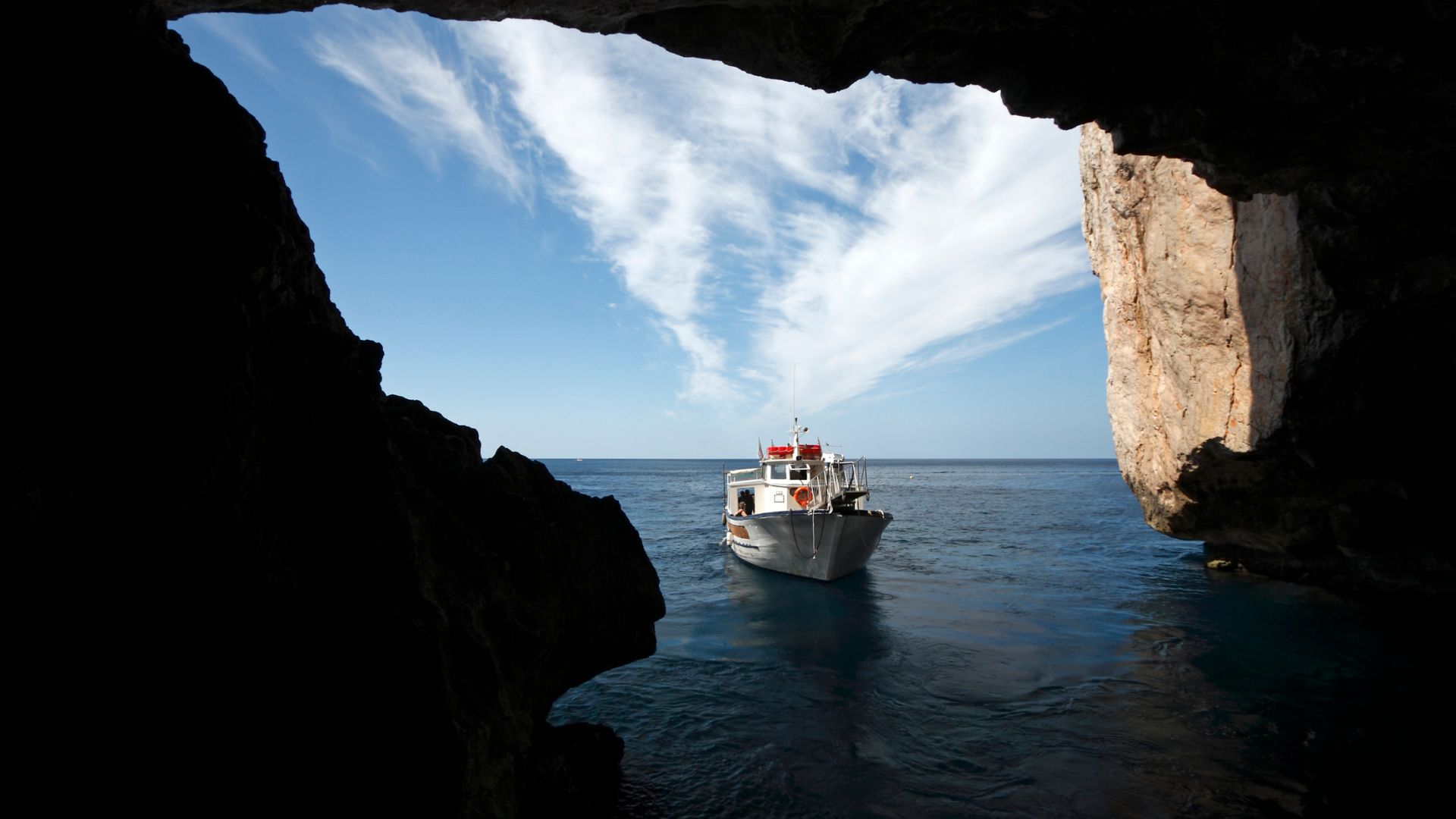
The Stunning Natural Features of Neptune’s Grotto
Neptune’s Grotto shows off some of Italy’s most jaw-dropping natural wonders, from ancient rock formations to dazzling underground features. The whole area blends dramatic cliffs, crystal-clear waters, and hidden chambers shaped over thousands of years.
Majestic Cliffs and the Capo Caccia Landscape
Your journey to Neptune’s Grotto starts with the breathtaking Capo Caccia cliffs. These limestone giants shoot up 110 meters above the Mediterranean. I was honestly stunned by their sheer faces, carved by wind and waves over ages.
The promontory makes a dramatic backdrop for the cave entrance, which sits just above the sea. When I visited, the contrast between those rugged cliffs and the turquoise water below was a photographer’s dream.
The landscape feels almost alien. Wild Mediterranean shrubs cling to the rocks, adding bursts of green to the golden cliffs. Just getting to the cave is an experience in itself.
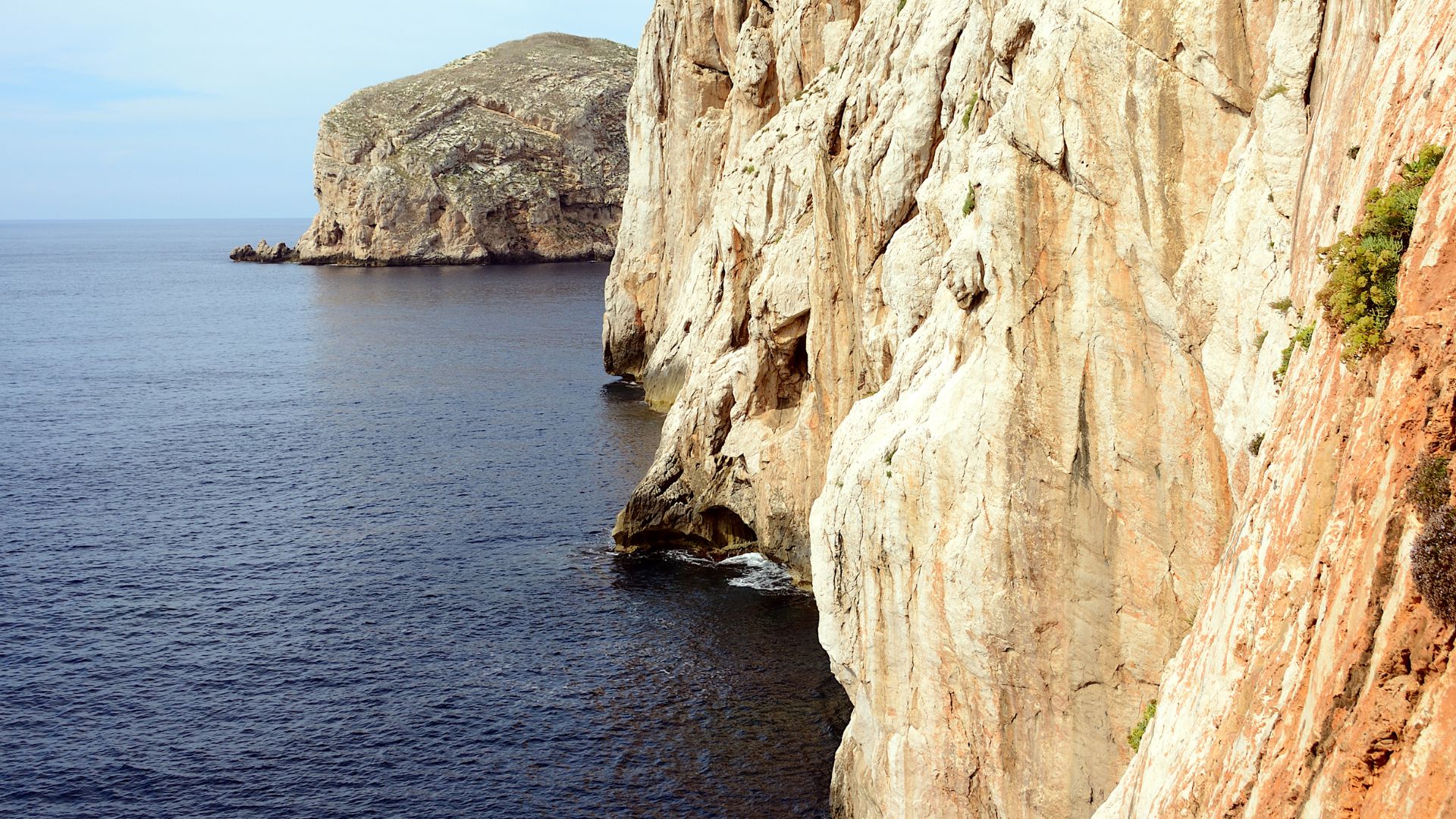
Inside the Cave: Stalactites, Stalagmites, and Crystal Pools
Stepping into Neptune’s Grotto, you find a hidden world of ancient stone. The cave stretches about 2.5 km through galleries and tunnels, though the guided route only covers a part of it.
Stalactites dangle from the ceiling, while stalagmites rise from the floor, all formed drip by drip over millennia. Some have even grown together to form solid columns.
The underground lakes inside the grotto are pure magic. Their waters are so clear, and the lighting creates a mirror effect that doubles the beauty of the formations.
I loved how each chamber had its own personality. The lighting really brings out the colors and textures in the limestone.
Marine Life and the Mediterranean Coastline
The Mediterranean waters around Neptune’s Grotto are teeming with marine life. You can spot fish and sea plants even from above the surface, thanks to the crystal-clear water.
Where the cave meets the sea, a unique ecosystem has taken shape. I noticed that the water’s edge creates a distinct line where different species thrive.
The coastline itself tells a story. Erosion didn’t just shape the cave—it carved out coves and inlets all along the shore.
Many people pair their grotto visit with snorkeling or diving to really soak up the marine life. On calm days, underwater visibility is fantastic.
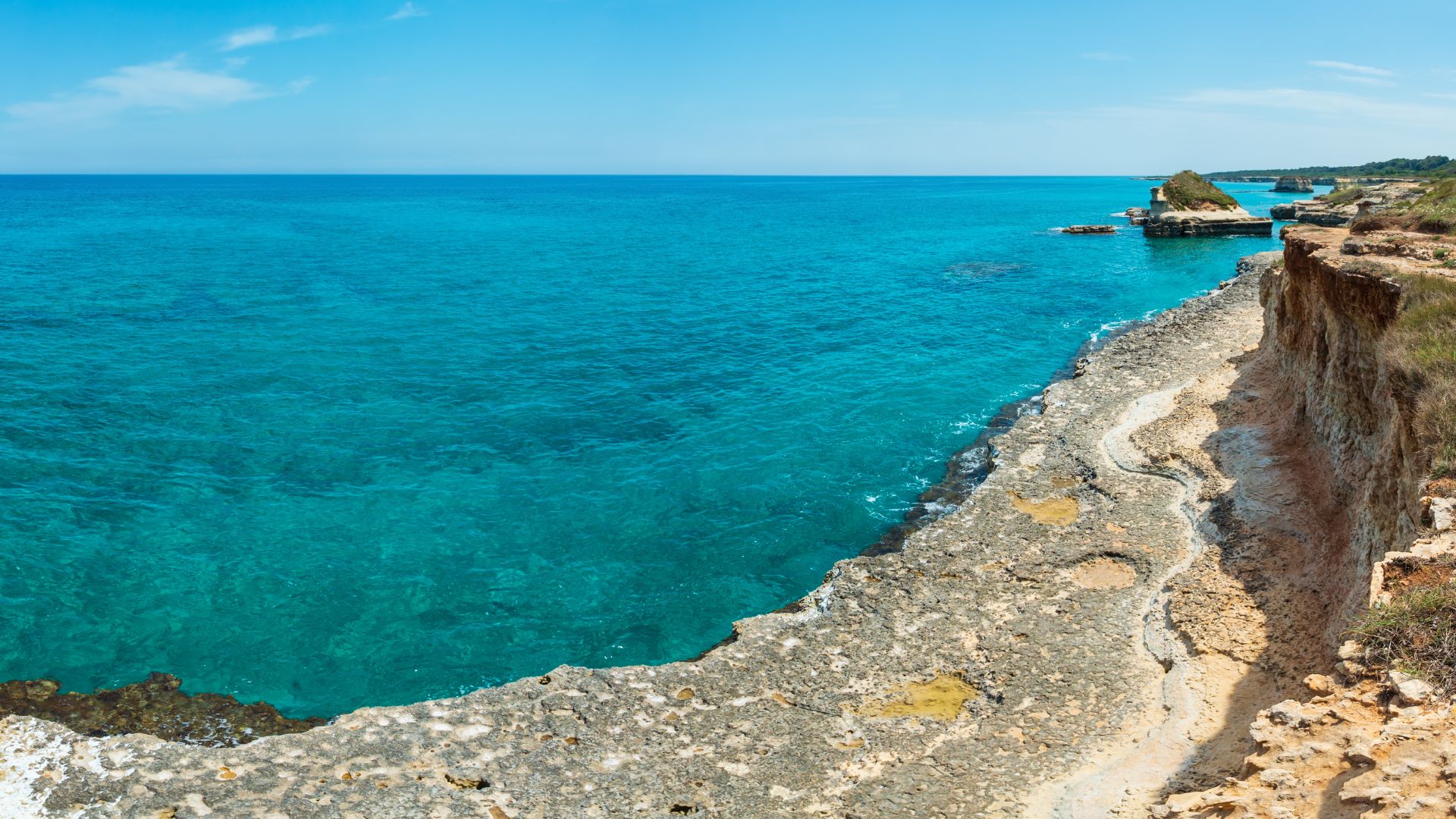
Scenic Photo Opportunities and Unique Vistas
Neptune’s Grotto is a photographer’s playground. I got some of my favorite shots by catching the way light—both natural and artificial—danced on the wet cave walls.
Top Photo Spots:
- The cave entrance with the Mediterranean behind it
- The reflective surfaces of the underground lakes
- Stalactite formations silhouetted against the lights
- The approach to Capo Caccia, showing off those vertical cliffs
If you want the best exterior photos, try sunrise or sunset. The cliffs glow gold. Inside, the lighting creates a moody vibe that’s just perfect for dramatic photos.
Stock images really don’t do the place justice. The scale, the sound, the echo—it’s something you have to feel for yourself.
How to Visit Neptune’s Grotto: Travel Tips and Itinerary
Neptune’s Grotto gives you two ways to visit, depending on your taste for adventure. You can get there by boat from Alghero, or tackle the dramatic cliff staircase.
Getting There: From Alghero and Around Sardinia
Alghero is the main jumping-off point for Neptune’s Grotto, about 25 km (15.5 miles) west of town. If you’re staying in Alghero like I was, you can drive to Capo Caccia in about half an hour.
Public buses run from Alghero to Capo Caccia during the tourist season, but I found renting a car gave me way more freedom to explore.
If you’re coming from elsewhere in Sardinia, Sassari is about 45 km (28 miles) southeast of the grotto. I’d say plan for a full day if you’re not staying nearby.
Most hotels in Alghero can help you arrange rides or tours to the grotto. I leaned on their advice during my trip and it made things a lot smoother.
Exploring by Land: The Escala del Cabirol Staircase
If you’re up for a challenge, the land route involves descending the famous Escala del Cabirol (Goat’s Staircase)—656 steps cut into the cliff. The views? Absolutely wild. The climb back up? Not for the faint of heart!
I started early to dodge the midday heat and the crowds. The staircase begins near the Capo Caccia parking lot.
It takes about 20 minutes to get down, give or take. Definitely wear comfy shoes and bring water—there’s nowhere to stop along the way.
At the bottom, you buy your ticket at the entrance. Tours run all day, but they do sell out in peak season, so getting there early pays off.
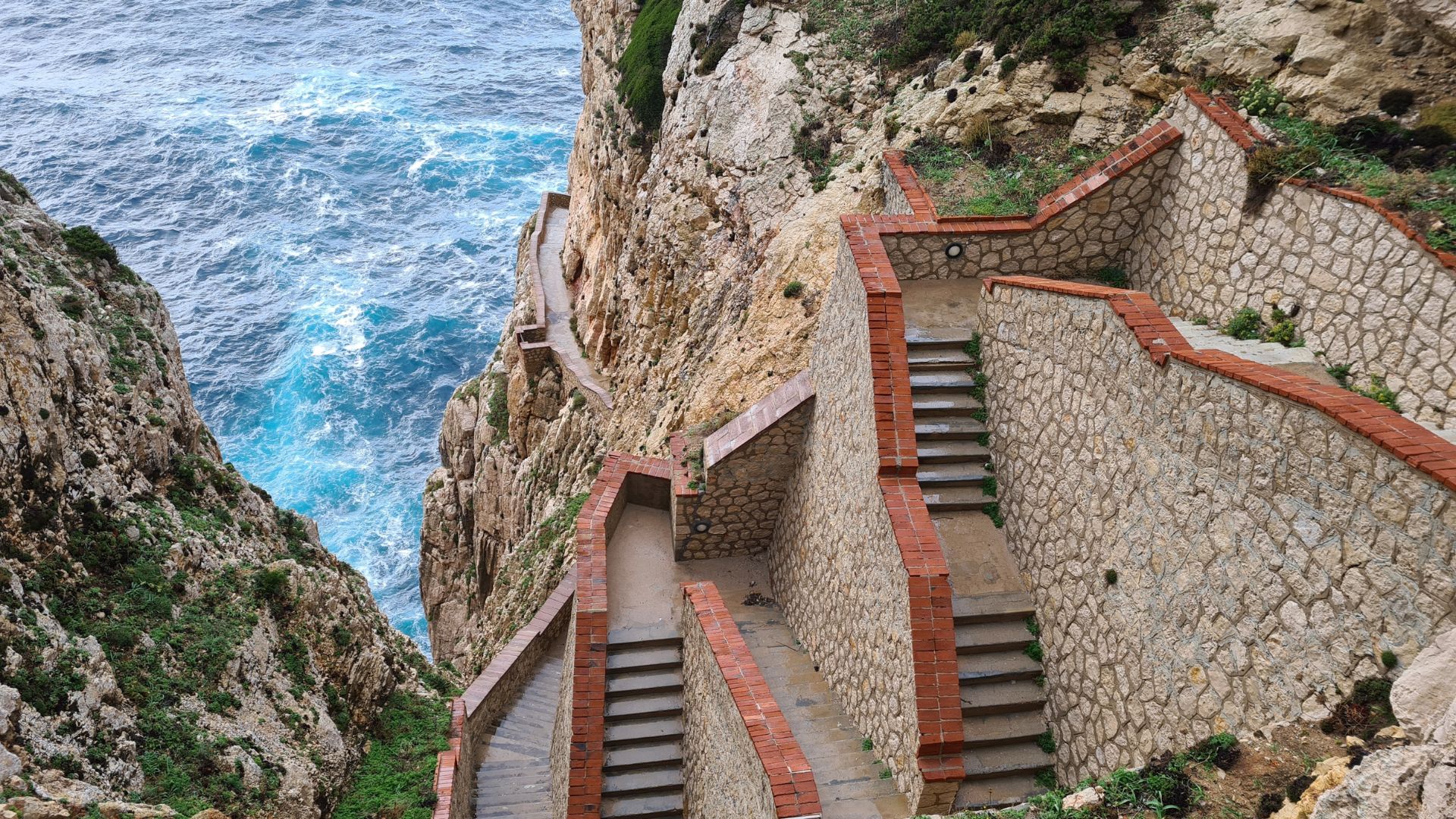
Visiting by Sea: Cruises and Boat Tours
If you’d rather take it easy, I can’t recommend a boat tour from Alghero’s port enough. Boats leave regularly during tourist season.
The ride takes about 40 minutes each way, and you get stunning views of the Sardinian coast. Most tours give you 30-40 minutes inside the grotto for the guided walk.
You can buy tickets at the harbor or online ahead of time. When I went, booking the day before was fine, but in July and August, you’ll want to book earlier.
Some tours stop at beaches or coves nearby. Mine included a visit to Cala Dragunara beach—which turned out to be a perfect way to end the day.
Visitor Experience: Guided Tours and Activities
Exploring Neptune’s Grotto is a magical trip into one of Sardinia’s most spectacular natural spots. The guided tour leads you through chambers filled with breathtaking stalactites and stalagmites, right beside an underground saltwater lake.
Guided Tour Options and Seasonal Availability
Tours last about 30-40 minutes, with guides leading small groups along well-lit paths. I found that spring and fall were the best times to visit—fewer crowds and more comfortable weather.
You can reach the grotto by a scenic 40-minute boat ride from Alghero’s City Harbor, or by braving the 656-step “Escala del Cabirol” (Goat’s Stairs) if you’re feeling adventurous.
Opening hours change with the seasons. Summer (June-September) brings extended hours, while winter has a reduced schedule. Always check the official website before you go—bad weather can close the cave unexpectedly.
Tickets cost €13-€15 for adults, with discounts for kids and seniors.

Photo and Video Tips for Capturing the Cave
Shooting photos inside Neptune’s Grotto isn’t easy because of the low light. If you can, bring a camera that does well in dim conditions, and a small tripod helps a lot.
Some chambers have dramatic lighting that highlights the most impressive formations. These spots make for great photos if you’re patient.
Best photo ops include:
- The big saltwater lake and its mirror-like reflections
- Giant stalactites hanging overhead
- The entrance, where natural light spills in
Guides usually let you pause for photos, but there’s not much time to set up fancy gear. If you’re filming, use a camera with image stabilization since you’ll be on the move.
Accessibility and Visitor Facilities
Neptune’s Grotto isn’t the easiest spot if you have mobility challenges. The boat is more accessible than the staircase, but once inside, narrow paths and occasional steps make things tricky.
At the entrance, you’ll find:
- A small gift shop with souvenirs and crafts
- Limited restrooms
- A little waiting area with some seating
I’d suggest wearing comfortable, non-slip shoes—the floors can be wet and slick. The temperature inside stays at a cool 18°C (64°F) all year, so even in summer, a light jacket is a smart move.
You can’t bring water or snacks into the cave, but there are refreshment options at the visitor center before you head down.
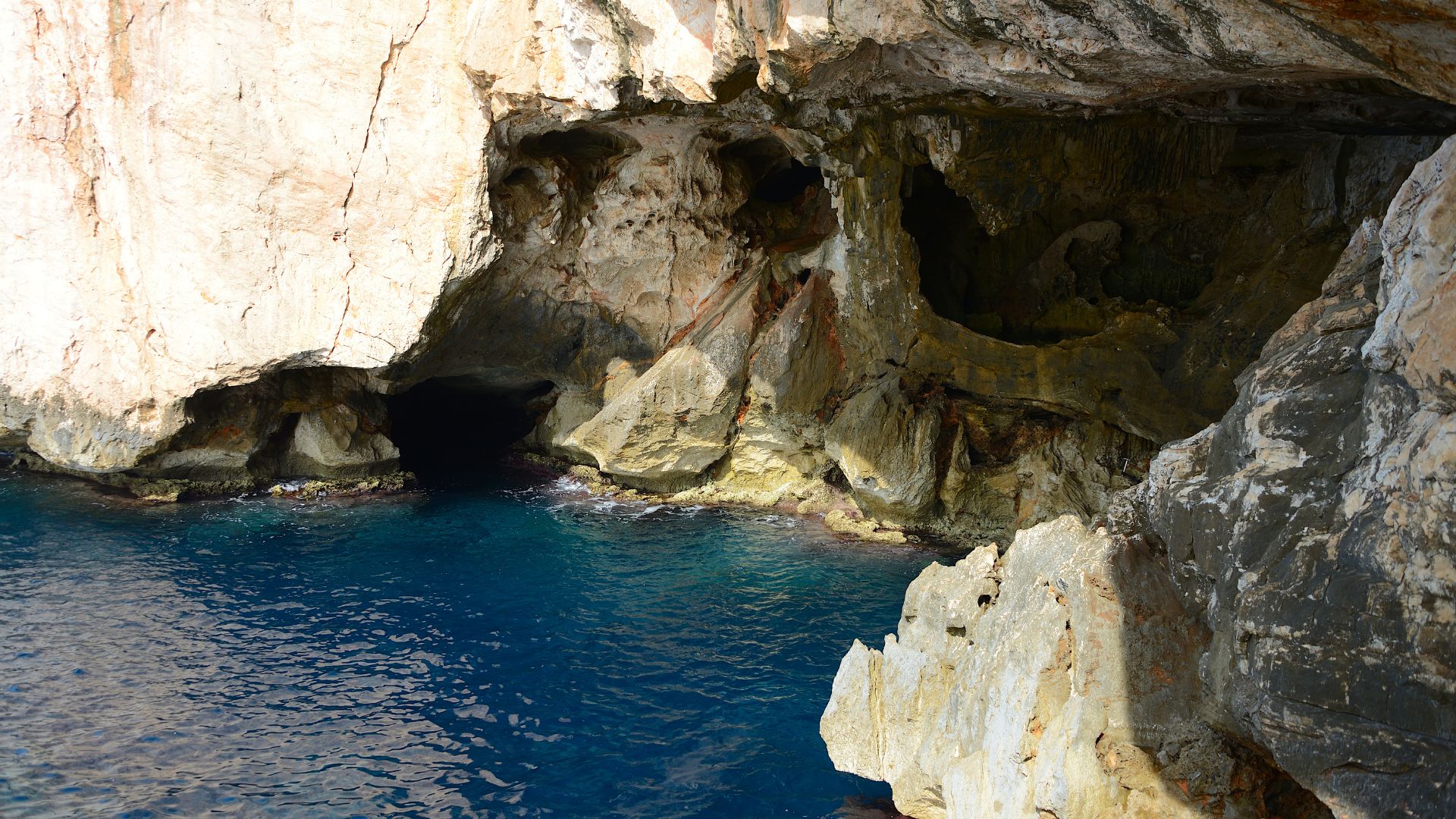
Neptune’s Grotto and the Capo Caccia Marine Protected Area
Neptune’s Grotto sits tucked inside one of Sardinia’s most treasured environmental spots. The surrounding marine protected area lets people like me explore its natural beauty, all while it keeps this unique ecosystem safe.
Ecological Importance and Biodiversity
The waters around Capo Caccia feel like an underwater wonderland. On my visit, I found out this protected area is home to more than 300 species of fish and marine plants.
The Mediterranean here is so clear, it almost looks unreal. That clarity helps coral and sea grass meadows flourish.
Red coral colonies cling to the submerged cliffs by Neptune’s Grotto. These bright underwater neighborhoods give rare fish and even dolphins a place to hide and play—actually, I caught a glimpse of dolphins in the distance, which was a highlight.
The protection doesn’t stop at the waterline. The limestone cliffs shelter unusual plants that have somehow adapted to the tough coastal wind and salt.
Peregrine falcons make their nests in the rocky outcrops. They really add a wild edge to the whole place.
Protecting the Grotto and Responsible Tourism
Neptune’s Grotto limits visitor numbers to help protect the environment. I had to book my tour ahead of time since they only allow a certain number of people each day.
Local authorities set strict rules about touching stalactites or stalagmites. These formations took thousands of years to form, but a careless touch can ruin them in seconds.
You can take photos inside the grotto, but you can’t use flash. Honestly, I think that made the experience better—I ended up paying more attention to what was around me.
The marine area nearby has different zones for activities. You can swim and snorkel in some spots, while other areas stay off-limits to protect marine life.
This kind of balance lets people enjoy Sardinia’s coast without destroying what makes it special.
